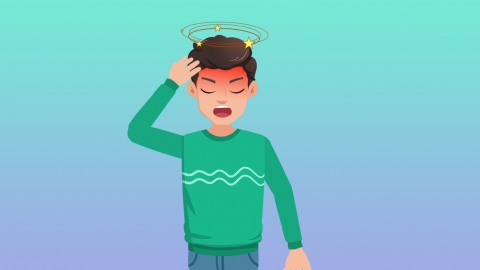Is tuberculous meningitis curable?
Generally speaking, whether tuberculous meningitis can be effectively treated depends on the timing of disease detection and its severity. It is relatively easier to treat when detected early with mild symptoms, whereas treatment becomes more difficult if detected late or if the condition is severe. It is recommended to seek medical attention as early as possible and undergo standardized treatment under a doctor's guidance. A detailed analysis is as follows:

If detected early, when the patient only experiences mild symptoms such as headache, low-grade fever, and fatigue, without evident neurological damage, timely treatment with adequate dosages and combinations of anti-tuberculosis medications, along with symptomatic management such as reducing intracranial pressure, can lead to a favorable treatment response for most patients. With completion of a standardized treatment course, the condition can be effectively controlled, resulting in an ideal recovery and a relatively smooth treatment process.
If diagnosis is delayed and the patient has already developed severe symptoms such as intense vomiting, altered consciousness, or limb paralysis, or if complications such as hydrocephalus or cerebral infarction are present, the treatment becomes more challenging. In such cases, not only is an extended anti-tuberculosis treatment course required, but complex management of complications is also necessary. Some patients may experience severe neurological damage, resulting in persistent sequelae even after treatment. The treatment process is thus more complicated and outcomes are less predictable.
In daily care, it is important to ensure the patient's environment is quiet and comfortable, and to remind the patient to strictly follow the prescribed medication regimen, avoiding self-discontinuation or dose reduction. Additionally, attention should be given to nutritional support, providing foods rich in protein and vitamins to help enhance the body's immune defenses.





